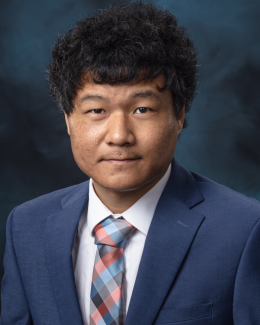Abstract
Grid integration of the increasing distributed energy resources could be challenging in terms of new infrastructure investment, power grid stability, etc. To resolve more renewables locally and reduce the need for extensive electricity transmission, a community energy transaction market is assumed with market operator as the leader whose responsibility is to generate local energy prices and clear the energy transaction payment among the prosumers (followers). The leader and multi-followers have competitive objectives of revenue maximization and operational cost minimization. This non-cooperative leader-follower (Stackelberg) game is formulated using a bi-level optimization framework, where a novel modular pump hydro storage technology (GLIDES system) is set as an upper level market operator, and the lower level prosumers are nearby commercial buildings. The best responses of the lower level model could be derived by necessary optimality conditions, and thus the bi-level model could be transformed into single level optimization model via replacing the lower level model by its Karush-Kuhn-Tucker (KKT) necessary conditions. Several experiments have been designed to compare the local energy transaction behavior and profit distribution with the different demand response levels and different local price structures. The experimental results indicate that the lower level prosumers could benefit the most when local buying and selling prices are equal, while maximum revenue potential for the upper level agent could be reached with non-equal trading prices.




